Bill Boyce has been a great friend and leader in the Baylor S3 community since the launch of the the Dallas Mavericks D-league team in Frisco. The Baylor S3 program selected Bill as one of our Chevrolet S3 Outstanding Board Members in 2012. We’re excited for him and certainly agree the League made an excellent selection!
Below is the press release from the NBA.
TEXAS LEGENDS PRESIDENT BILL BOYCE NAMED
2013 NBA DEVELOPMENT LEAGUE TEAM EXECUTIVE OF THE YEAR
NEW YORK, June 12, 2013 – Texas Legends President Bill Boyce was today named the 2013 NBA Development League Team Executive of the Year, it was announced by NBA D-League President Dan Reed. The NBA Development League Team Executive of the Year is determined by peer voting and teams are not allowed to vote for themselves.
“On behalf of the NBA D-League, I’m pleased to honor Bill Boyce with the Team Executive of the Year Award in recognition of the Legends’ impressive season in Frisco,” said Reed. “Bill’s energetic and creative leadership in all areas of the business – ranging from innovative marketing partnerships, outstanding in-game entertainment, and deep community outreach in the Frisco area – has helped shaped the organization into one of the best in the league.”
Under Boyce’s leadership, the Legends entered into an historic marketing partnership with the state of Veracruz, Mexico, that was highlighted by “Veracruz Incomparable” being prominently featured on the front of the Legends jersey. The new multi-year agreement makes the historic state of Veracruz the first non-team city to have its name and slogan prominently featured on the jersey of a professional sports team. As presenting partner of the Legends, the team’s home arena is now called the “Veracruz Court at Dr Pepper Arena” with the Veracruz logo displayed on center court. Additionally, Veracruz receives significant in-arena signage and television exposure throughout the Legends’ market through the team’s family of local television networks.
Boyce also was recognized for the team’s strong community presence, including its extensive local TV rights deals, which ensure that all Legends games are broadcast locally through a state-of-the-art, mobile production trailer. In addition, he also helped create innovative theme jersey nights to benefit local charities and entertaining game presentations, which have set new standards for the NBA D-League.
“It is a great honor to be named NBA Development League Executive of the Year,” said Boyce. “This award doesn’t represent one individual but the entire Legends family, including our players, coaches, business team, and, of course, our dedicated owners – Donnie Nelson, Evan Wyly, Sonny Xiao, and Eduardo Najera.”
Previous winners of the award are David Higdon (Bakersfield, 2012), Bert Garcia (Rio Grande Valley Vipers, 2011) and Jon Jennings (Maine Red Claws, 2010).
NBA Development League
The NBA Development League is the NBA’s official minor league, preparing players, coaches, officials, trainers, and front-office staff for the NBA while acting as the league’s research and development laboratory. Featuring 17 teams with direct affiliations to NBA franchises, the league offers professional basketball at an affordable price in a fun, family-friendly atmosphere. Thirty percent of players in the NBA at the end of the 2012-13 season boasted NBA D-League experience. In fostering the league’s connection to the community, its teams, players and staff promote health and wellness, support local needs and interests, and assist in educational development through NBA D-League Cares programs. Fans can watch all NBA D-League games on nbadleague.com
# # #

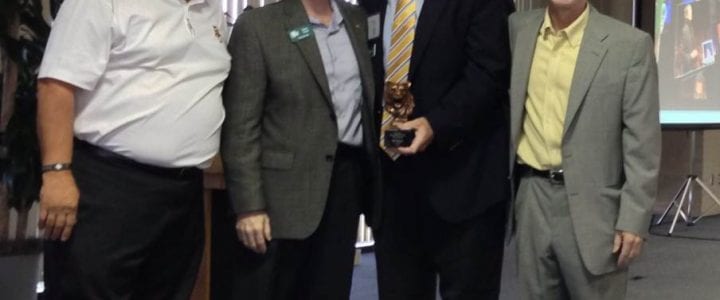
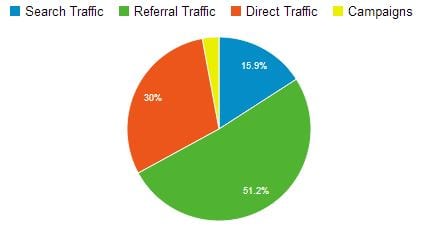
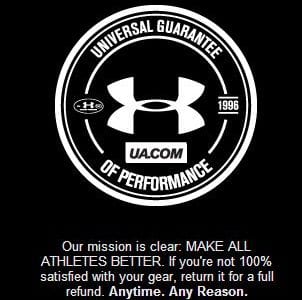









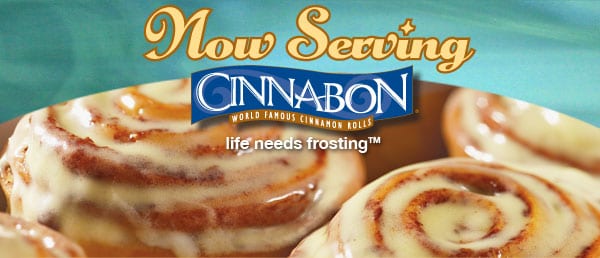


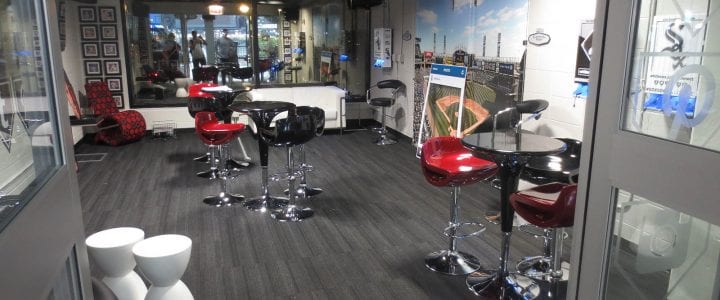

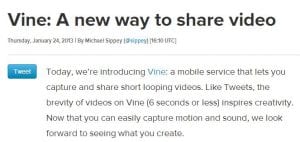
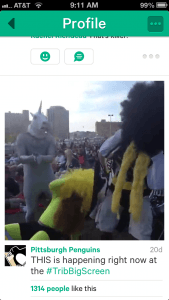
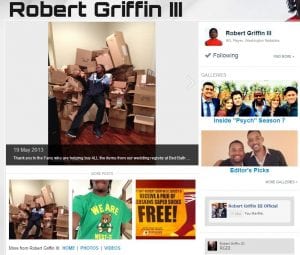
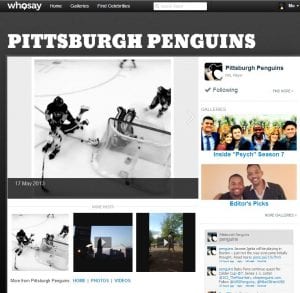

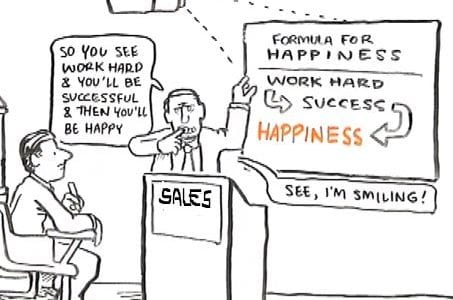
 I can’t help but think back to some of the best sales people I’ve worked with and their attitude – pretty positive. I also can’t help but think of the people I’ve let go in the past year, all very pessimistic. Another interesting angle to look at would be the affect an optimistic person has on a potential client. Essentially, people like to buy from people they like and people like positive and friendly people. ~
I can’t help but think back to some of the best sales people I’ve worked with and their attitude – pretty positive. I also can’t help but think of the people I’ve let go in the past year, all very pessimistic. Another interesting angle to look at would be the affect an optimistic person has on a potential client. Essentially, people like to buy from people they like and people like positive and friendly people. ~ 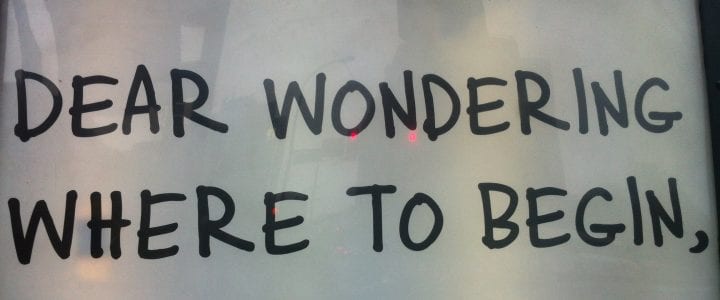
 One of Corey’s favorites is Pat Riley. With Riley, the devil was in the details – it wasn’t about “standing out wide” or “on the wing” or “in the paint” on a particular play. Instead, if you were asked to be in a spot in the offense, the EXACT location was repeatedly drilled into your head: “Less than the distance of a dime between your heels and the baseline, precisely one foot outside of the lane.”
One of Corey’s favorites is Pat Riley. With Riley, the devil was in the details – it wasn’t about “standing out wide” or “on the wing” or “in the paint” on a particular play. Instead, if you were asked to be in a spot in the offense, the EXACT location was repeatedly drilled into your head: “Less than the distance of a dime between your heels and the baseline, precisely one foot outside of the lane.”
 “Today’s business world is entirely too customizable moves way too fast to be reliant on 3×5 cards and excel spreadsheets. If we demand excellence out of our sales representatives, we must supply them with the tools necessary to maximize their daily effort. Utilizing an integrated CRM system is one of the easiest and best ways we can ensure that our reps have the power of instant and real-time information to drive sales results.” ~
“Today’s business world is entirely too customizable moves way too fast to be reliant on 3×5 cards and excel spreadsheets. If we demand excellence out of our sales representatives, we must supply them with the tools necessary to maximize their daily effort. Utilizing an integrated CRM system is one of the easiest and best ways we can ensure that our reps have the power of instant and real-time information to drive sales results.” ~ “In using Microsoft CRM on a day-to-day basis, I’ve found my time-efficiency improved dramatically due to the system’s ability to strategically pinpoint the length and nature of calls during the sales process. By utilizing the information previously entered into the system to monitor exhausted calls and outstanding opps, I’ve been able to concentrate my energy on more fruitful opportunities. Simply stated – meticulous tracking of calls within the system simplifies the process for the reps and saves time better spent on new business.” ~
“In using Microsoft CRM on a day-to-day basis, I’ve found my time-efficiency improved dramatically due to the system’s ability to strategically pinpoint the length and nature of calls during the sales process. By utilizing the information previously entered into the system to monitor exhausted calls and outstanding opps, I’ve been able to concentrate my energy on more fruitful opportunities. Simply stated – meticulous tracking of calls within the system simplifies the process for the reps and saves time better spent on new business.” ~